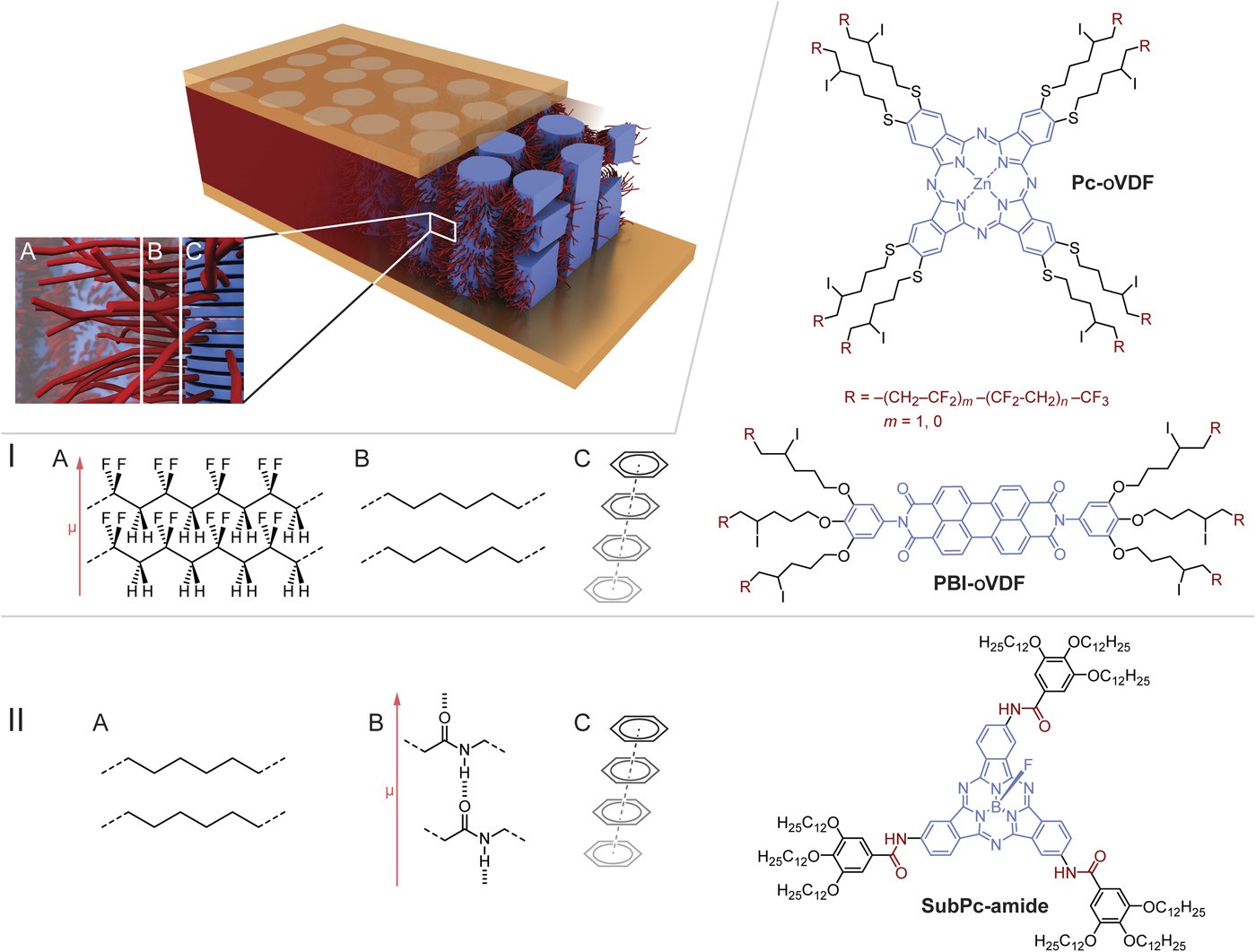
By Brian Santo, contributing writer
A recently created set of ferroelectrics might lead to a new type of digital memory device whose storage element can be profoundly less complex than common semiconductor memory by virtue of being composed of a single compound.
The imminent attainment of the limits of silicon has inspired researchers around the world to look for new ways to continue making digital devices smaller, faster, denser, and cheaper. Some are dependent on new materials such as diselenides, molybdenite or graphene, and carbon nanotubes. Those latter examples also represent new device architectures. Another option based on alternative architectures is vacuum-channel transistors, and yet another is embedding semiconductors with nanostructures. And then there is an entirely different category of possible devices based on exotic physics phenomena, such as quantum bits (Qbits), nanoscale optical quantum effects, and skyrmions.
With previously known ferroelectric materials, the polarization of the material varies in strength with an applied electric field. The researchers working on the new material claim that it is the first conductive material ever fabricated that exhibits ferroelectric polarization that can be switched.
Thus far, the researchers are still characterizing the new material at the molecular level, but based on the properties exhibited thus far, they believe that the material might be useful for making small, flexible digital memories. It’s possible that it could also be exploited to create a new type of solar cell.
To quote the researchers, a group with members from the Netherlands, Sweden, and Spain, they have devised “a class of disc-like semiconducting organic molecules that are functionalized with strong dipolar side groups. Supramolecular organization of these materials provides long-range polar order that supports collective ferroelectric behavior of the side groups as well as charge transport through the stacked semiconducting cores. The ferroelectric polarization in these supramolecular polymers is found to couple to the charge transport and leads to a bulk conductivity that is both switchable and rectifying.”
Breaking that bolus of words down: The material is semiconducting. It also exhibits dipole polarization. The polarized elements can be organized in rows that could represent bits and bytes. The polarization can be switched with a current. It is rectifying. In short, it’s a single material that exhibits all the salient characteristics of digital memory.
The compounds involved combine perylene bisimide (PBI) or a phthalocyanine (Pc) with oligovinylidene difluoride (oVDF) — so PBI-oVDF or Pc-oVDF, either used in combination with a SubPc-amide.
The work on the new material was a result of a serendipitous meeting.
Martijn Kemerink of Linköping University told Science Daily that, years ago, he had speculated about a ferroelectric material wherein polarization flipped in response to an electric field, rather than varied in strength, but had done little with the idea.
Recently, Kemerink told Science Daily, “I just happened to meet Professor David González-Rodríguez, from the Universidad Autónoma de Madrid, who had constructed a molecule of exactly the type we were looking for.”
Advertisement
Learn more about Electronic Products Magazine





